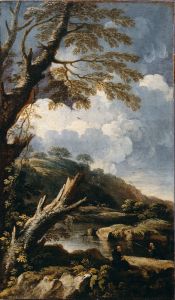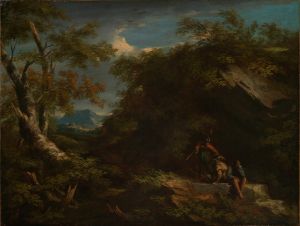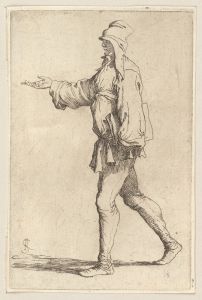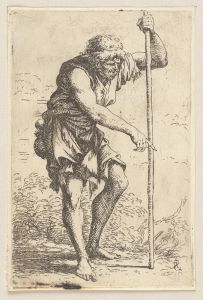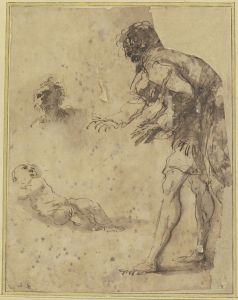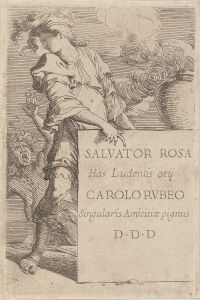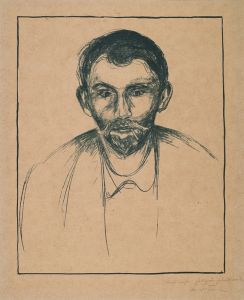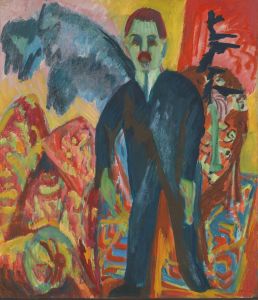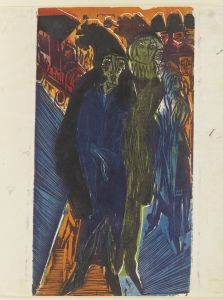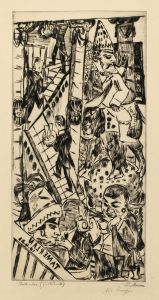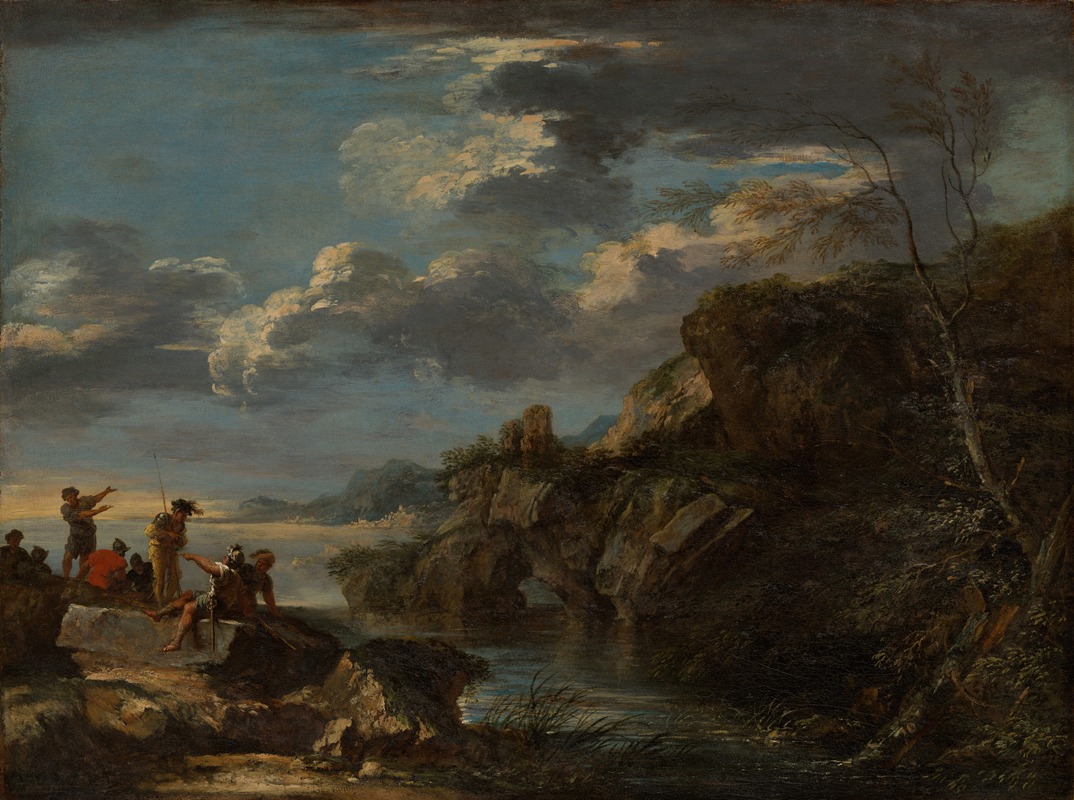
Bandits on a Rocky Coast
A hand-painted replica of Salvator Rosa’s masterpiece Bandits on a Rocky Coast, meticulously crafted by professional artists to capture the true essence of the original. Each piece is created with museum-quality canvas and rare mineral pigments, carefully painted by experienced artists with delicate brushstrokes and rich, layered colors to perfectly recreate the texture of the original artwork. Unlike machine-printed reproductions, this hand-painted version brings the painting to life, infused with the artist’s emotions and skill in every stroke. Whether for personal collection or home decoration, it instantly elevates the artistic atmosphere of any space.
"Bandits on a Rocky Coast" is a painting by the Italian Baroque artist Salvator Rosa, created in the mid-17th century. Rosa, born in 1615 in Arenella, near Naples, was known for his dramatic and often unconventional landscapes, as well as his work as a poet, actor, and musician. His paintings frequently depicted wild and rugged scenes, populated by bandits, soldiers, and other figures on the fringes of society.
"Bandits on a Rocky Coast" exemplifies Rosa's fascination with the untamed and the dramatic. The painting portrays a group of bandits gathered on a rocky shoreline, with the turbulent sea and jagged cliffs forming a dramatic backdrop. The composition is dynamic, with the figures arranged in a way that leads the viewer's eye through the scene, from the foreground bandits to the distant horizon. The use of light and shadow enhances the sense of drama and tension, typical of Rosa's style.
Rosa's choice of subject matter reflects his interest in the themes of danger, rebellion, and the sublime. Bandits were a common motif in his work, symbolizing the lawlessness and unpredictability of nature and human behavior. The rocky coast, with its treacherous cliffs and crashing waves, serves as a fitting setting for these outlaws, emphasizing their isolation and the perilous nature of their existence.
The painting is also notable for its technical execution. Rosa's brushwork is vigorous and expressive, capturing the rough textures of the rocks and the swirling motion of the sea. His palette is dominated by earthy tones and deep shadows, creating a somber and foreboding atmosphere. This approach to landscape painting was innovative for its time, moving away from the idealized and pastoral scenes favored by many of his contemporaries.
Salvator Rosa's work, including "Bandits on a Rocky Coast," had a significant impact on the development of landscape painting. His emphasis on the wild and the sublime influenced later artists, including the Romantic painters of the 18th and 19th centuries. Rosa's paintings were admired for their boldness and originality, and he gained a reputation as a maverick artist who defied the conventions of his time.
Today, "Bandits on a Rocky Coast" is held in high regard as an example of Rosa's unique vision and technical skill. It is housed in various collections, with notable examples in institutions such as the National Gallery in London and the Louvre in Paris. The painting continues to be studied and appreciated for its contribution to the Baroque tradition and its influence on the evolution of landscape art.
In summary, "Bandits on a Rocky Coast" by Salvator Rosa is a powerful and evocative work that captures the artist's fascination with the dramatic and the untamed. Through its dynamic composition, expressive brushwork, and thematic depth, the painting stands as a testament to Rosa's innovative approach to art and his enduring legacy in the history of painting.





